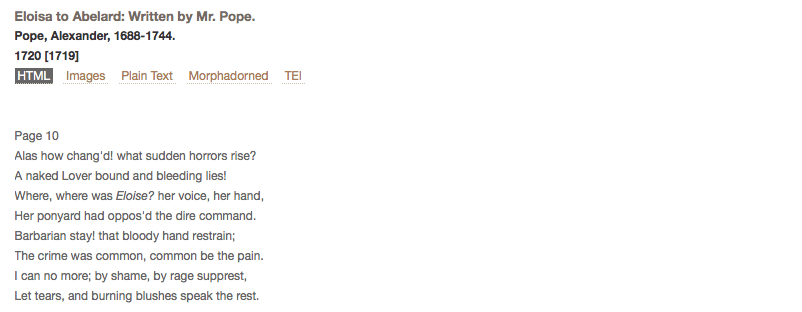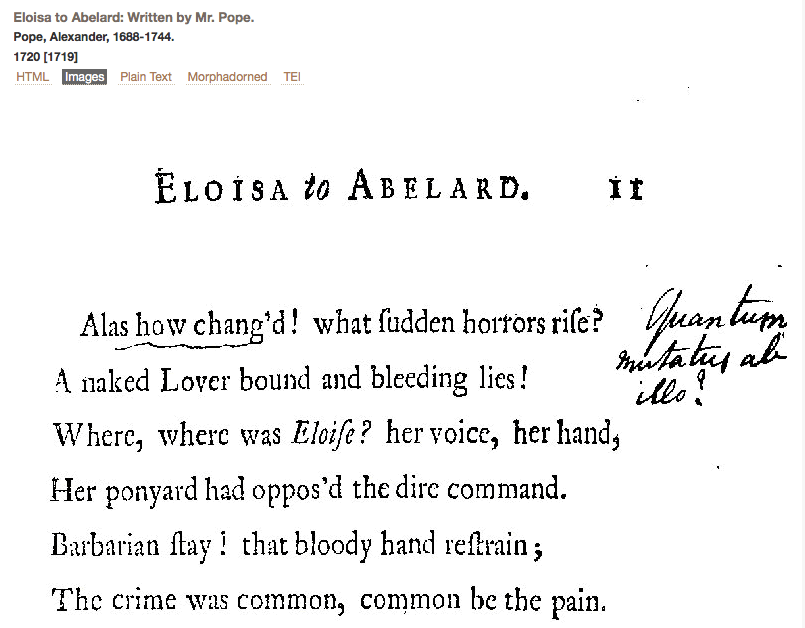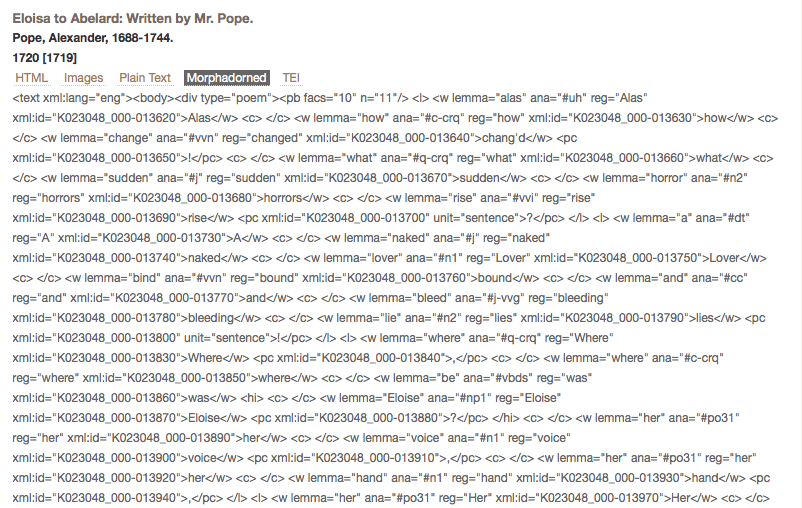Repository Browser v. 0.4 Released
Over the summer, we at UW-Madison have been adding functionality to the Bamboo Repository Browser that we are building as a plugin component for HUBzero. We have just released version 0.4 to the HUBzero test instance hosted by Indiana. Our work has been coordinated with the efforts at Northwestern and Illinois to build out a Collections Interoperability Hub, a service that mediates access to remote repositories and normalizes content to a Bamboo Standard Book Model.
The 0.4 release adds several important features:
- Users can now upload a Zotero bookmark file that points to a book object in a remote repository. The CI Hub listens for these upload events, and when one occurs, the CI Hub parses the file, resolves the references to books in repositories it knows about, retrieves the objects from the repository, and constructs Bamboo book objects. Each book retrieved in this way is displayed in the browser as a folder.
- Pages within a book are represented as documents within the book folder. For each page we display one or more views (or expressions) of the page's content. Pages from TCP books, for example, have XHTML, image, plain text, TEI, and Morphadorned TEI expressions. The user can toggle between the views.
- Users can create their own folders for holding bookmark files and the retrieved book objects.
- Users can also delete their folders and any objects they contain.
Let's look at a few page views from Pope's Eloisa to Abelard, from TCP repository.
HTML
Image
Morphadorned TEI
It's fascinating to see the marginalia in the image view. And more fascinating still is the level of markup present in the Morphadorned view.
A couple of things to note about the Zotero bookmark file and the stage we are in in the development life cycle.
First, why the circuitous route through Zotero? Why not go at the repositories directly? The short answer is simplicity. Discovery is hard to do well for one repository with holdings of any size, let alone for several. And discovery tends to be organized around how objects are structured and the features they have; these differ from one repository to the next. In Bamboo Phase I, we're punting on discovery and focusing instead on making content from several repositories interoperable. Still, scholars need a means of declaring which objects should be retrieved through the CI Hub interface. The Zotero bookmark plays this role. Scholars use the repositories native discovery interface to identify a book, the visit that book's page in the repository, and create a Zotero bookmark to it. Finally, they export the bookmark to Zotero's native RDF export format.
Second, as of 0.4 we don't yet have an implementation of the concept of a Bamboo person who owns the Zotero bookmark file and the objects the CI Hub retrieved after the bookmark file is uploaded. The CI Hub shows everyone's bookmark files and objects to all users. Eventually, users will see only their own stuff. Until then we can demonstrate some aspects of how things will work. Because everybody sees the same directory structure in the CI Hub, it could feel a little disconcerting to see objects showing up and disappearing apparently randomly. Our advice: name your folders after yourself, don't tramp on other people's folders, and the demonstration should work well enough.
Instructions for using the 0.4 release are list on the releases page: CI-Work Spaces Releases (HUBzero).


